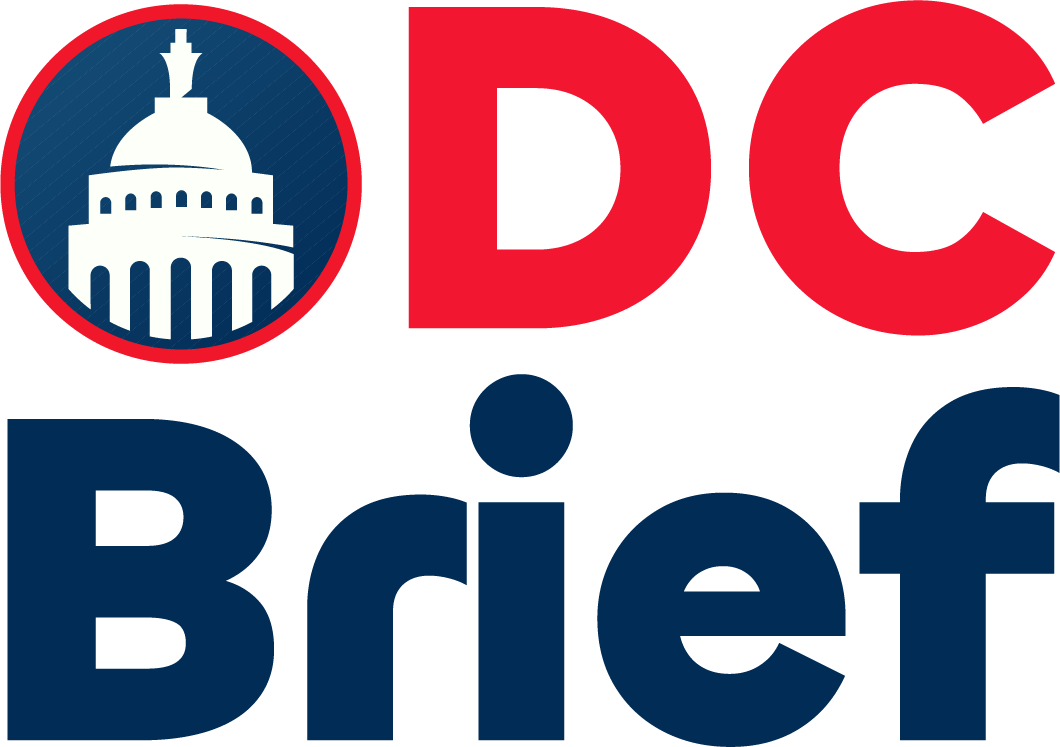Mortgage rate trends in the U.S. have climbed for the second week in a row, despite the Federal Reserve lowering interest rates. Freddie Mac reports that the average rate on a 30-year fixed mortgage rose to 6.34%, up from 6.3% last week. A year ago, it averaged 6.12%. This demonstrates that several factors drive mortgage costs beyond Fed actions.
Lenders set mortgage rates by analyzing market forces, including the 10-year Treasury yield and mortgage-backed securities. Realtor.com senior analyst Hannah Jones explained that mortgage rate trends closely follow changes in Treasury yields and investor expectations. Additionally, global events, inflation, and government policy also impact rates.
Individual borrower factors further shape rates. Credit scores, down payments, debt-to-income ratios, property types, and loan choices all influence specific rates. Even with the Fed cutting the federal funds rate by 25 basis points, rates did not fall as much because the Fed avoided signaling a clear future path. Market expectations adjusted, which pushed Treasury yields and mortgage rate trends higher.
Before the Fed’s announcement, markets anticipated the rate cut, temporarily lowering Treasury yields and mortgage rates. Once the Fed delivered cautious messaging, investors recalibrated their outlook. Consequently, trends in the U.S. rose again despite the policy move. This shows that market expectations can impact rates as much as official Fed decisions.
Economists expect mortgage rate trends to stay within a tight range while markets consider ongoing economic risks. Jiayi Xu, senior economist at Realtor.com, noted that recent events, including government disruptions, make the timing of rate changes particularly sensitive. These uncertainties continue to pressure borrowing costs despite the Fed’s rate cut.
Overall, mortgage rate trends in the U.S. depend on a mix of economic indicators, investor behavior, and Federal Reserve policy. Borrowers should track Treasury yields, inflation data, and Fed guidance to anticipate movements. Even with rate cuts, broader market forces can counteract reductions and maintain elevated mortgage costs.
For more business updates, visit DC Brief.


